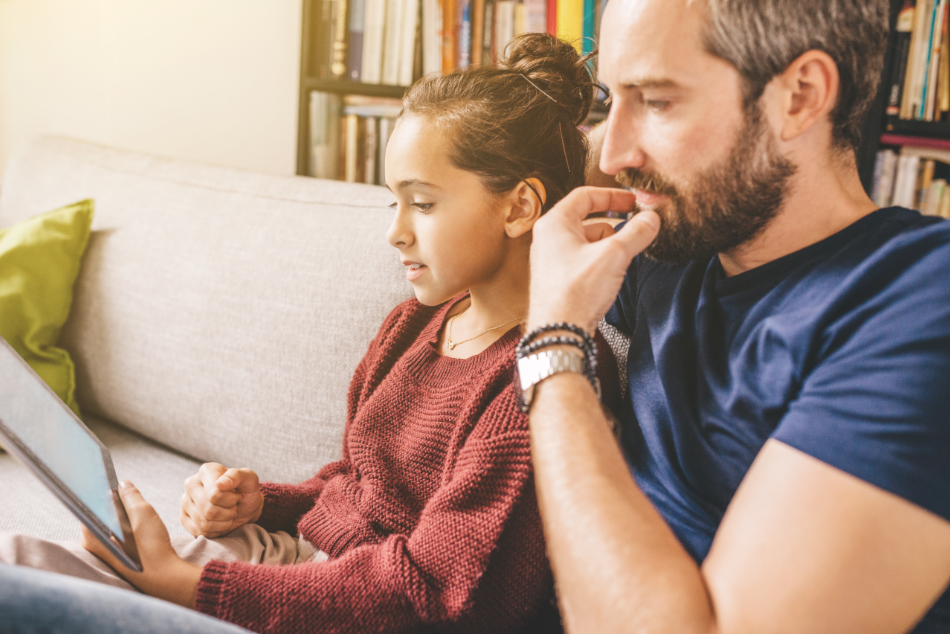Broadband’s Role in a Bright Education
If you have school-aged children, you’re probably aware that homework in the digital era is totally different to the work we did decades ago.

If you have school-aged children, you’re probably aware that homework in the digital era is a totally different ballgame compared to the work we did decades ago.
From typed essays to online research to learning apps and tools, it seems like kids are barely off the computer - and while some of that’s doubtless to do with the social media tabs that they hide as soon as they hear you coming, a lot of it is due to the internet’s powerful role in a modern education.
The Rural Problem
Recent reports from the State of Rural Services 2016 have supported this, showing that poor broadband connections in remote areas can interfere with children’s learning, cutting off crucial access to educational resources.
With an increasingly online curriculum, and many schools expecting homework to be done digitally, a slow connection can be frustrating to learners at best - and can put them at a serious disadvantage at worst.
Fortunately, the government is taking broadband’s role in education seriously, with the All-Party Parliamentary group on broadband stating that the government must introduce specific provisions for broadband in schools, to avoid rural children falling behind their city-dwelling peers.
When it comes to homework, however, the prognosis is less clear-cut. While DCMS claim that nine out of ten homes in the UK now have access to superfast broadband, the State of Rural Services shows that those one-in-ten households are potentially suffering far more than just frustration at slow buffering.
Labour’s Shadow Secretary for the Environment, Food and Rural Affairs, said that Rural England’s findings represent “yet more evidence that rural communities have been left behind”.
The Rise of Connected Learning
In order to understand the full impact of broadband speed on a child’s or young person’s education, one also needs to look beyond the curriculum.
While twenty years ago, an a assignment would involve reading set passages from a set resource, the internet opens up endless possibilities for learners to read around the subject, and discover an angle that they can be passionate about.
Younger learners can now interact with multimedia via educational apps and online resources, watching videos, viewing images and diagrams, listening to sound clips and finding the combination that works for their specific learning type.
Meanwhile, young adults can benefit from exploring online journals and ebooks, tapping into an entire academic library from the comfort of their own homes. Furthermore, the opportunity to discuss and debate topics with classmates and learners from around the world can lead to unique and insightful views on topics across the curriculum.
The future of education
With digital resources becoming more and more easy to access, experts are envisioning a new type of learning, personalised to each child. Learners and their families will be able to build custom curriculums that relate to personal interests, aptitudes, goals and values, accessing resources online and using schools as a hub for debate, discussion and support.
In order to reach this Utopian-seeming goal, however, we need to start from where we are, and ensure that every learner has access to the resources necessary for academic excellence. High-speed broadband will not only allow access to important multimedia, but will give learners the necessary digital skills to adapt to a constantly changing and digitally-focused world.
If your learners could do with a little broadband boost, check out our superfast packages or contact us for a chat about your options.